PENGUIN  CLASSICS
CLASSICS
LAYLI AND MAJNUN
NEZAMI GANJAVI (11411209) is considered the greatest romantic epic poet in Persian literature. A Sunni Muslim born to a Persian father and a Kurdish mother, he lived most of his life in his hometown of Ganjeh, in present-day Azerbaijan. He was married three times; all three of his wives predeceased him, and, rarely for a Persian poet of his time, he wrote with apparently heartfelt and surprisingly personal eloquence about his affection for them and his sorrow at losing them. His introduction of an element of mysticism into his romance narratives is an innovation that was followed by most of his many imitators. DICK DAVIS is the foremost English-speaking scholar of medieval Persian poetry in the West and our finest translator of Persian poetry ( The Times Literary Supplement ). A fellow of the Royal Society of Literature and an emeritus professor of Persian at Ohio State University, he has published more than twenty books, including Love in Another Language: Collected Poems and Selected Translations . His other translations from Persian include The Conference of the Birds ; Vis and Ramin ; The Mirror of My Heart: A Thousand Years of Persian Poetry by Women ; Faces of Love: Hafez and the Poets of Shiraz ; and Shahnameh: The Persian Book of Kings , one of The Washington Post s ten best books of 2006. Davis lives in Columbus, Ohio.

PENGUIN BOOKS
An imprint of Penguin Random House LLC
penguinrandomhouse.com
First published in the United States of America by Mage Publishers 2020
Published in Penguin Books 2021
Copyright 2020 by Mage Publishers
Penguin supports copyright. Copyright fuels creativity, encourages diverse voices, promotes free speech, and creates a vibrant culture. Thank you for buying an authorized edition of this book and for complying with copyright laws by not reproducing, scanning, or distributing any part of it in any form without permission. You are supporting writers and allowing Penguin to continue to publish books for every reader.
LIBRARY OF CONGRESS CATALOGING-IN-PUBLICATION DATA
Names: Nim Ganjav, 1140 or 11411202 or 1203, author. | Davis, Dick, 1945 translator.
Title: Layli and Majnun / Nezami Ganjavi ; translated with an introduction and notes by Dick Davis.
Other titles: Layl va Majnn. English.
Description: First. | New York : Penguin Books, 2021. | Series: Penguin classics | Translated from Persian into English.
Identifiers: LCCN 2020041422 (print) | LCCN 2020041423 (ebook) | ISBN 9780143133995 (paperback) | ISBN 9780525505778 (ebook)
Subjects: LCSH: Nim Ganjav, 1140 or 11411202 or 1203Translations into English.
Classification: LCC PK6501.L33 D53 2021 (print) | LCC PK6501.L33 (ebook) | DDC 891/.5511dc23
LC record available at https://lccn.loc.gov/2020041422
LC ebook record available at https://lccn.loc.gov/2020041423
Cover illustration: Juan Bernabeu
pid_prh_5.6.1_c0_r0
This translation is dedicated to Asghar Seyed-Ghorab, with my gratitude for his infectious enthusiasm for Nezamis poetry

C ONTENTS
LAYLI AND MAJNUN

I NTRODUCTION
T he earliest Persian romances, like those in a number of other cultures, are hybrid affairs in which their authors mores and sensibilities are blended with something that has originated in a remote time or place, or both. They have notable affinities, for example, with Greek prose romances written in the early years of the Common Era and Ayyuqi and Onsoris slightly later contemporary Gorgani based his romance, Vis and Ramin , which was written in the 1050s, on a pre-Islamic Persian story which he thought was Sasanian (the Sasanians ruled Iran from 224 CE to 651 CE ) but which scholarship has shown to have originated in the era of the Sasanians predecessors, the Parthiansthat is, around the time of Christ, give or take a century or two. Its not unfair to the earlier authors to say that there is a noticeable jump in literary sophistication between Ayyuqi and Onsoris narratives on the one hand and Gorganis on the other (a major reason for this is probably that Gorgani lived in a post-Ferdowsi period, and it was Ferdowsi in his epic poem the Shahnameh (The Book of Kings)completed in 1010who can be said to have taught Persian poets how to write coherent and compelling narrative verse).
None of these authors invented the stories they tell in their romances, and in fact they would not and could not have done so as they considered them to be in some sense at least history. The qualities that define romancesthe idealized and apparently hopeless love affairs, their equally idealized and hopeless heroes and heroines whose separation and seemingly endless trials form the basis of the plot, the presence of someone in authority who has a legal right to demand the heroines virginity but never exercises this right (a figure that goes back to the prototypical Western romance, the Persian tale of Panthea, Abradatus, and King Cyrus, as told in Xenophons Cyropaedia )would not stand in the way of such a perception. The tales took place in other countries (and this was true even if their origin was in pre-Islamic Iran, reflecting the words of L. P. Hartley: The past is a foreign country: they do things differently there, for in the tenth and eleventh centuries Persian literary nostalgia for pre-Islamicpreseventh centuryIran had recreated it as an almost fabulous country of the mind where almost fabulous things had once commonly occurred), and who is to say what may or may not have happened in such exotic places?
Like Ayyuqis Varqeh and Golshah , Layli and Majnun was in origin an Arab story (purportedly about lovers who had lived in the seventh century CE ), and we know that it had been current in Iran before Nezami composed his version of the tale, because a number of Persian poets who preceded Nezami (Rudaki, Rabeeh, Manuchehri, and Gorgani) mentioned its lovers in their poetry; its clear from these pre-Nezami references that the fabled pair were already known for the characteristics which Nezami was later to ascribe to themthat is, Laylis incomparable beauty and long-suffering patience, and Majnuns love-madness that led to his forsaking human society to live among wild animals.
Nezami, whose birth name was Ilyas Ebn Yusuf, became famous as a major poet within his own lifetime, and his reputation has never been seriously challenged since his death. Given his fame, it seems somewhat strange that relatively little is known about his life; probably the main reasons for this are firstly that he was not a poet who was affiliated with a specific court for a long period of time, though this seems to have been Nezamis own choice rather than a failure to find a suitable position, and it was court poets who tended to be memorialized; and secondly that he lived his whole life in what was then a relatively provincial part of the Persian-speaking world, away from the main centers of literary activity, which makes his recognition as an important poet in his own lifetime all the more remarkable.
He was born in Ganjeh (hence his second name Ganjavi) around 1141 in what is now independent Azerbaijan and he died around 1209, having almost never left the immediate area of his birth. Born to a Kurdish mother, he was orphaned at an early age and brought up by an uncle. He married three times. His first wife, who was probably named Afaq (though the meaning of the line in Nezamis verse in which she seems to be referred to has been disputed), was said to have been a slave-girl presented to him by a king who admired his poetry. Instead of keeping her as a concubine, as would have been expected, he married her; she was the mother of his son Mohammad, whom he mentions with obvious affection a number of times in his poetry, and she died while still relatively young. His other two wives also predeceased him; his poems include laments for their deaths, and at one point he bemoans the fact that for a while the completion of each of his narrative poems coincided with the death of one of his wives. The affection and regret Nezami displays in these passages is not a conventional trope of the period in which he lived (and could even have been derided as signs of weakness or effeminacy), which means that there is no reason not to take his expressions of grief at face value; this together with the tenderness he shows toward his heroines (particularly Shirin, in Khosrow and Shirin , and Layli in Layli and Majnun ) has earned him the reputation of being a poet who was, for his time, preternaturally affectionate, considerate, and respectful toward women. His geographical isolation seems to have entailed his isolation from most of his fellow poets, and the only poet with whom we know he was in touch was Khaqani, another inhabitant of Azerbaijan who was patronized by some of the same local princes who patronized Nezami. Khaqani ( c .1120 c .1199) was mainly a panegyrist whose verse displays much of the didactic seriousness, complicated rhetoric, and occasional obscurity that we find in Nezamis own poetry (and in a similar fashion to Nezami, Khaqani also wrote an affecting memorial poem on the death of his wife).
Next page
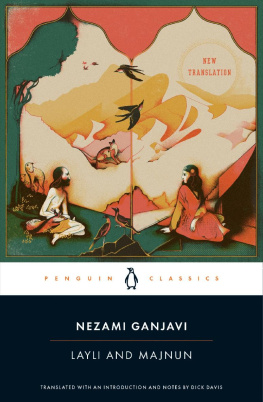

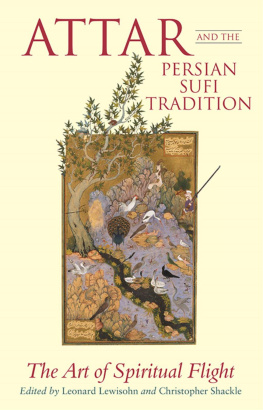

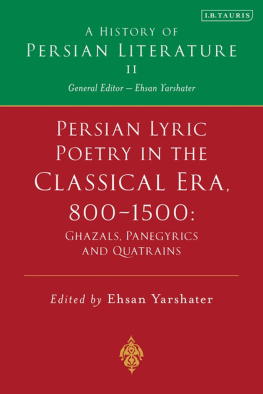

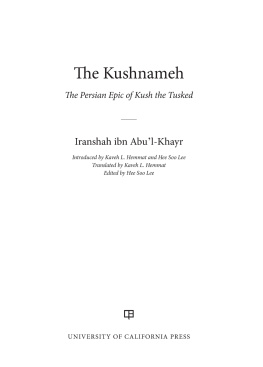


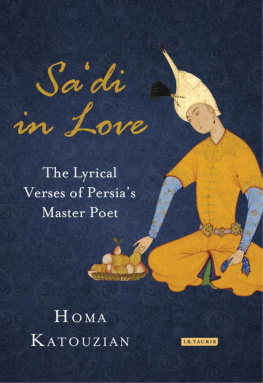

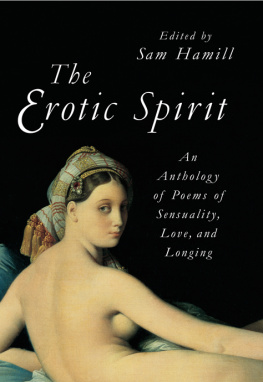
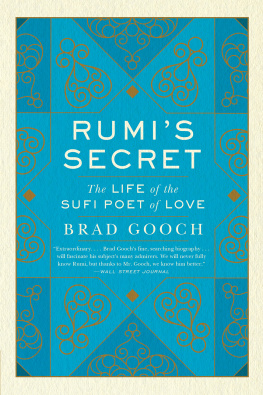
 CLASSICS
CLASSICS
